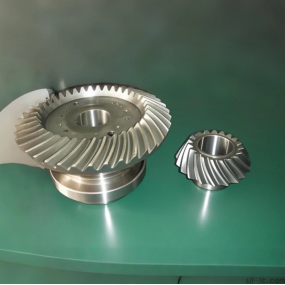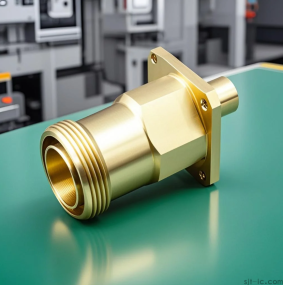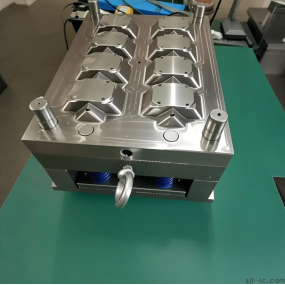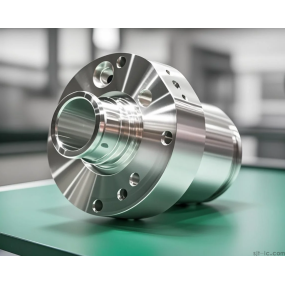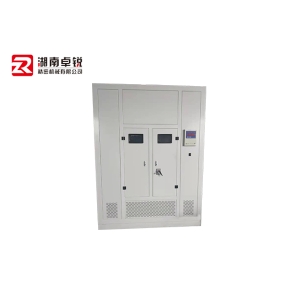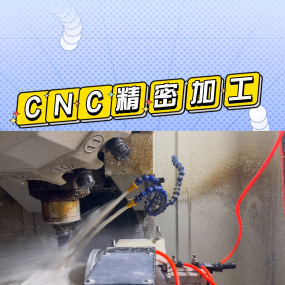The stamping function of metal materials refers to the adaptability of metal materials to various stamping processes. Very important factors to be considered in stamping processing plants. For example, when a certain material is selected for stamping, the material is easy to process, the resulting stamping parts have high tolerance levels, good quality and high production efficiency, very little waste, and the chess pieces wear very slowly. It can be said that the stamping function of this material is good.
1. The influence of elasticity on stamping function
Blanking, punching, cutting, trimming and other separation processes are more suitable for metal materials with better elasticity. Metal materials with better separation elasticity can obtain good quality sections. Metal materials will rebound after twisting due to their elasticity, so that the twisting parts cannot reach the predetermined shape and size requirements. And the better the elasticity, the greater the rebound. The rebound of the twisting parts brings difficulties in production, and many man-hours are consumed when adjusting the working part of the die. 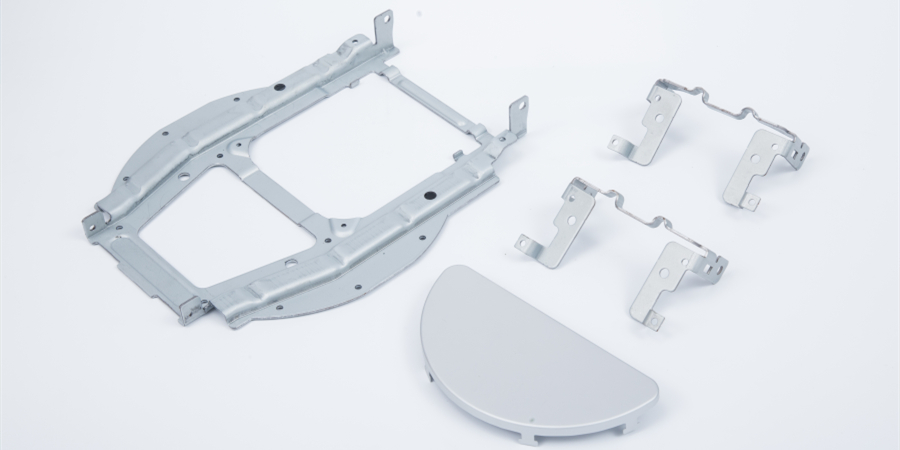
2. The influence of plasticity on stamping function
Deformation processes such as zigzag, deep drawing, and forming are all carried out according to the plasticity of metal materials. Metal materials with better plasticity have a large degree of deformation, which can reduce the number of steps and the number of central annealing times in stamping, and even do not need central annealing as one of the indicators of plastic deformation ability of metal materials. The uniform elongation of metal materials directly determines the stamping function of materials. In practice, such as the limit deformation degree of stamping, such as flanging coefficient, shrinkage coefficient, minimum bending radius, expansion coefficient, etc. can be directly or indirectly expressed by uniform elongation. Separation process requires that the material has appropriate plasticity. If the plasticity is too high, the material is too soft, and the punching is prone to large burrs, its size is not easy to meet the requirements. If the plasticity is too low, the material is too hard and brittle, and the mold is easy to wear
3. The influence of strength and hardness on stamping function
Metal materials have high strength and high hardness. The strength and hardness of materials are high, and their plasticity must be low. Therefore, metal materials with high hardness are unfavorable for deformation processes such as tortuous, deep drawing and forming. In general, the hardness of materials used in the deformation process of stamping processing plants is low, but metal materials with certain strength and hardness can obtain better section quality in the separation process.
This article is from EMAR Mold Co., Ltd. For more EMAR related information, please click: www.sjt-ic.com!


 Spanish
Spanish Arabic
Arabic French
French Portuguese
Portuguese Belarusian
Belarusian Japanese
Japanese Russian
Russian Malay
Malay Icelandic
Icelandic Bulgarian
Bulgarian Azerbaijani
Azerbaijani Estonian
Estonian Irish
Irish Polish
Polish Persian
Persian Boolean
Boolean Danish
Danish German
German Filipino
Filipino Finnish
Finnish Korean
Korean Dutch
Dutch Galician
Galician Catalan
Catalan Czech
Czech Croatian
Croatian Latin
Latin Latvian
Latvian Romanian
Romanian Maltese
Maltese Macedonian
Macedonian Norwegian
Norwegian Swedish
Swedish Serbian
Serbian Slovak
Slovak Slovenian
Slovenian Swahili
Swahili Thai
Thai Turkish
Turkish Welsh
Welsh Urdu
Urdu Ukrainian
Ukrainian Greek
Greek Hungarian
Hungarian Italian
Italian Yiddish
Yiddish Indonesian
Indonesian Vietnamese
Vietnamese Haitian Creole
Haitian Creole Spanish Basque
Spanish Basque

